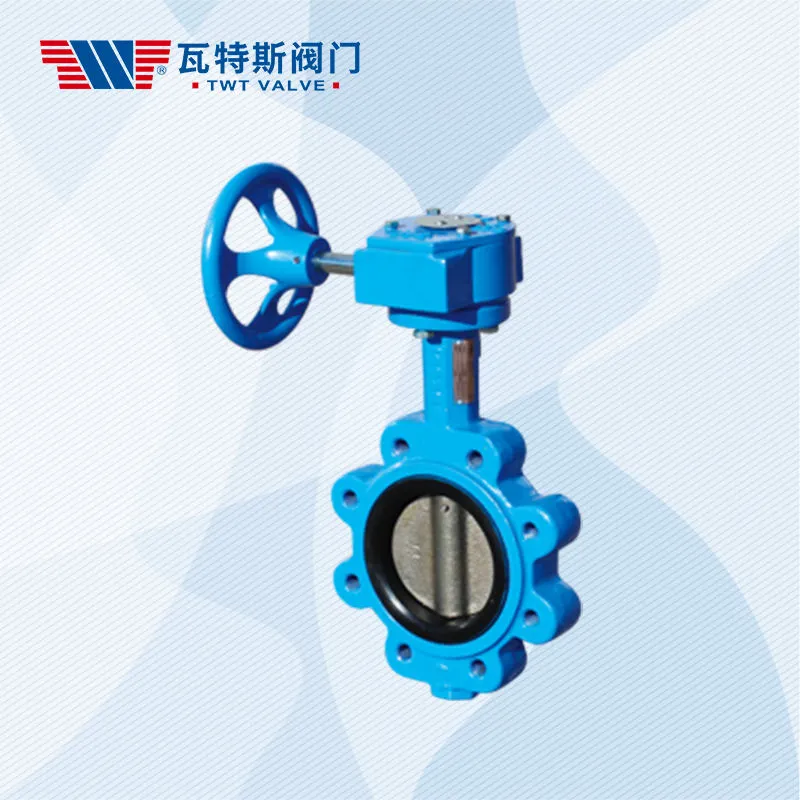Butterfly valves offer several advantages over other types of valves, including:
Cost-effective: Butterfly valves are typically less expensive than other types of valves, such as gate valves or ball valves. This makes them a cost-effective option for applications where a large number of valves are needed.
Lightweight and compact: Butterfly valves are lightweight and have a compact design, which makes them easy to install and operate. They also require less space compared to other types of valves, which can be beneficial in applications where space is limited.
Quick and easy operation: Butterfly valves can be operated quickly and easily, often with a simple quarter-turn of the control lever or actuator. This makes them ideal for applications where frequent adjustments to the flow rate are needed.
Low pressure drop: Butterfly valves have a low pressure drop, which means that they do not restrict the flow of fluid as much as other types of valves. This can be beneficial in applications where a large flow rate is needed.
Resistant to wear and tear: Butterfly valves are designed to be resistant to wear and tear, which means that they can last for a long time with minimal maintenance. This can be beneficial in applications where the valve is subjected to harsh conditions, lt butterfly valve supplier such as in chemical processing facilities.
Versatile: Butterfly valves can be used in a wide range of applications, including water treatment plants, HVAC systems, and chemical processing facilities. They are well-suited for applications where a large flow rate is needed and space is limited.
Overall, butterfly valves offer a range of advantages that make them a popular choice for many industrial applications. However, it’s important to consider the specific requirements of your application and consult with a qualified engineer or valve specialist to determine the best type of valve for your needs.
Can butterfly valves be used in high-pressure applications?
Butterfly valves can be used in high-pressure applications, but it depends on several factors such as the size, material, and design of the valve. In general, butterfly valves are better suited for low to medium pressure applications, but there are some high-performance butterfly valves that can handle high-pressure fluids.
To determine whether a butterfly valve is suitable for high-pressure applications, it’s important to consider the following factors:
Size: The size of the butterfly valve can affect its ability to handle high-pressure fluids. In general, larger butterfly valves are better suited for high-pressure applications than smaller valves.
Material: The material of the valve’s disc, stem, and body can affect its ability to handle high-pressure fluids. For high-pressure applications, it’s important to choose a valve made of a strong, durable material such as stainless steel or high-performance alloys.
Design: The design of the butterfly valve can affect its ability to handle high-pressure fluids. High-performance butterfly valves are designed with reinforced components and may include features such as metal seats or double-offset discs to improve their pressure handling capabilities.
Testing and certification: It’s important to choose a butterfly valve that has been tested and certified for high-pressure applications. Look for valves that meet industry standards such as ANSI, API, or ISO.
Overall, butterfly valves can be used in high-pressure applications, but it’s important to choose the right size, material, and design for your specific application. It’s recommended to consult with a qualified engineer or valve specialist to determine the best type of valve for your needs.
